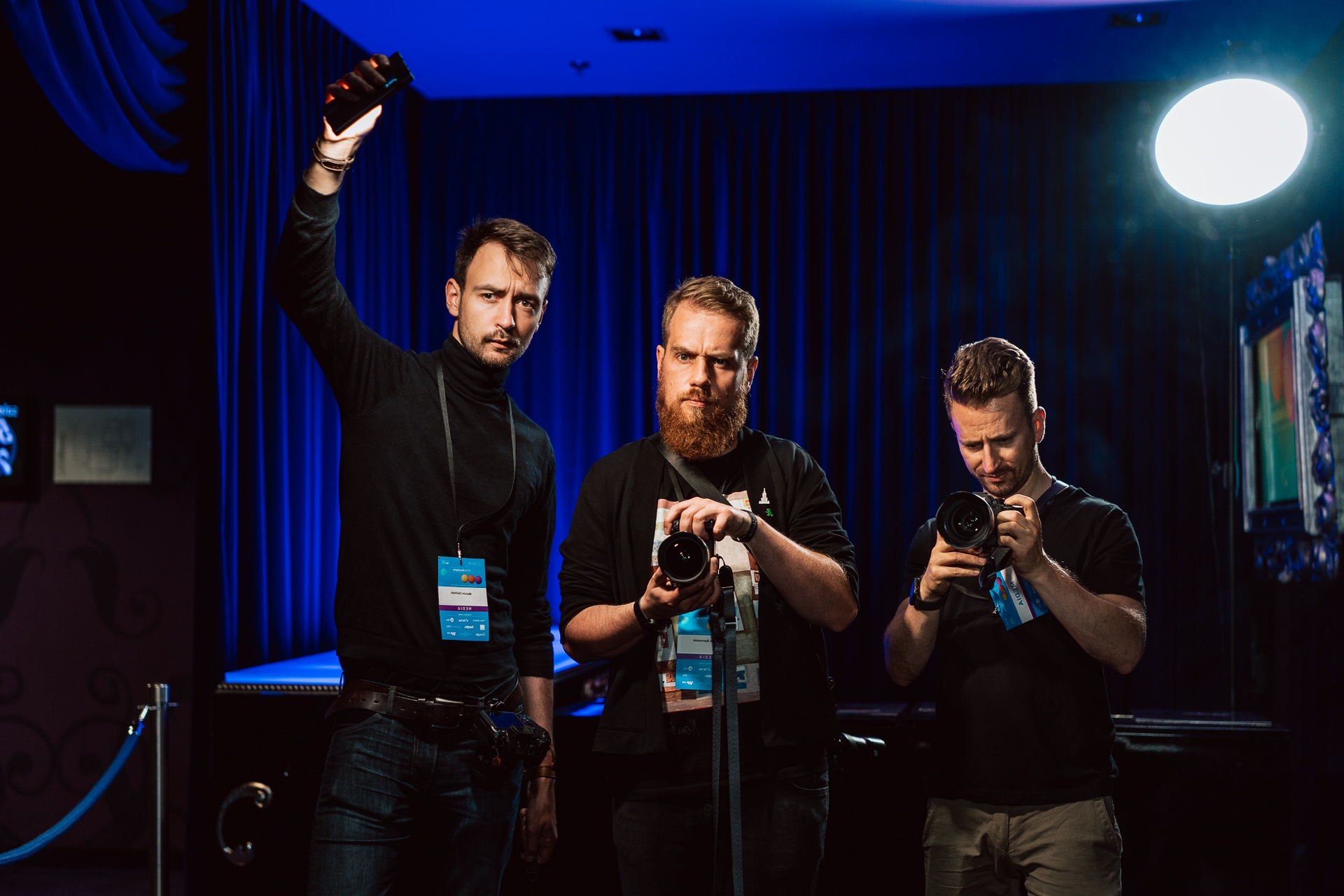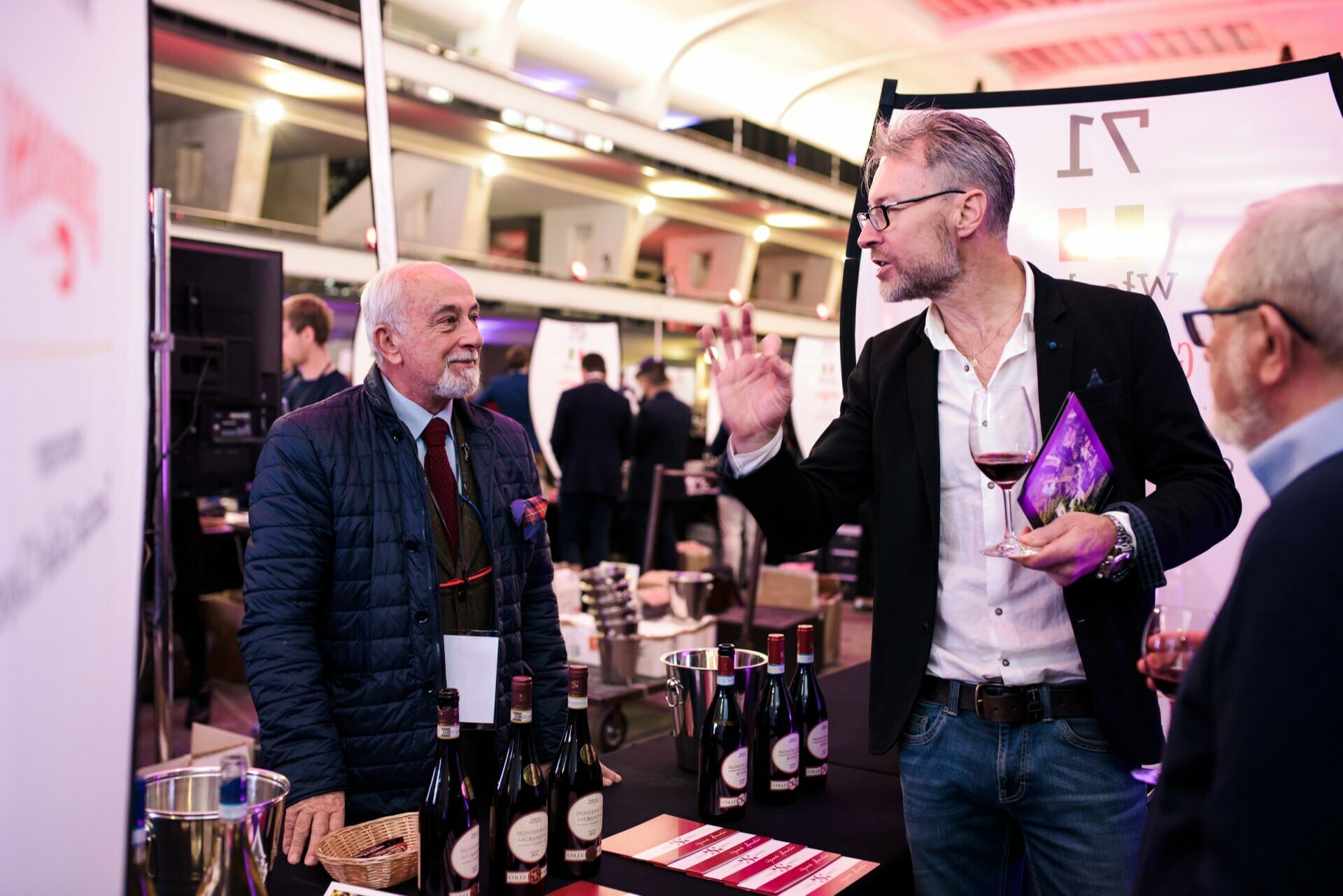I don’t hear this question often, but sometimes it comes up. So I decided to write this post to show the opportunities and missed opportunities that come with choosing one or more photographers. I know that many organizers don’t think about this at all.
Although according to some clients I can take pictures as if I were in two places at once, the truth is that sometimes it just can’t be done. There are events where there is so much going on that it is physically impossible to capture everything at once. In my experience – after more than a dozen years as an event photographer, working at conferences, trade shows / industry expo and corporate events – I believe that sometimes one photographer per event is not enough.
At first glance, it may seem like overkill. But organizing a major event is like a well-planned performance – it happens on many levels simultaneously. One photographer may be great, but he won’t always embrace the whole thing. And that’s when the most is lost. Often organizers who first decide to use two photographers are surprised how much richer the documentation becomes and how many additional moments are captured.
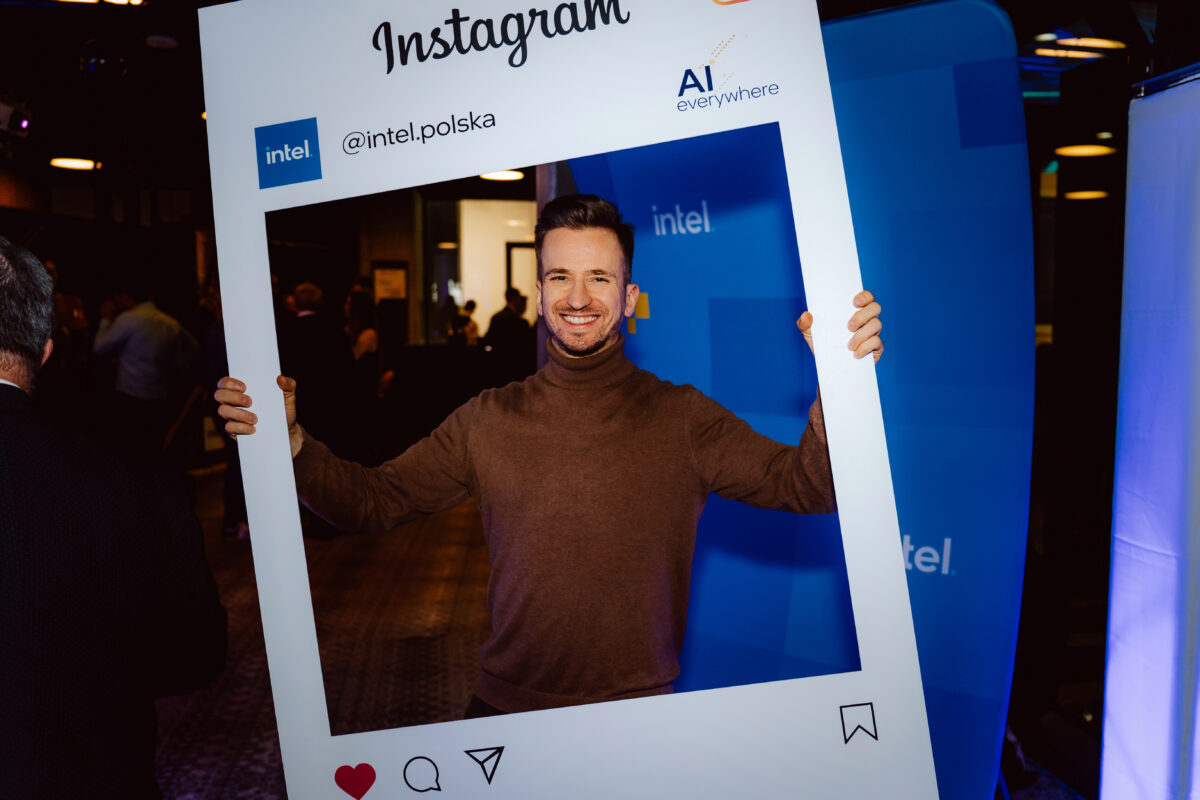
Complexity of events
Many parallel stories
Each event happens on several levels. The focus is on the stage, speakers and official speeches, but at the same time there are business talks, meetings at trade show booths or integration in chillout areas. As an event photographer, I often see that this is where interesting moments happen.
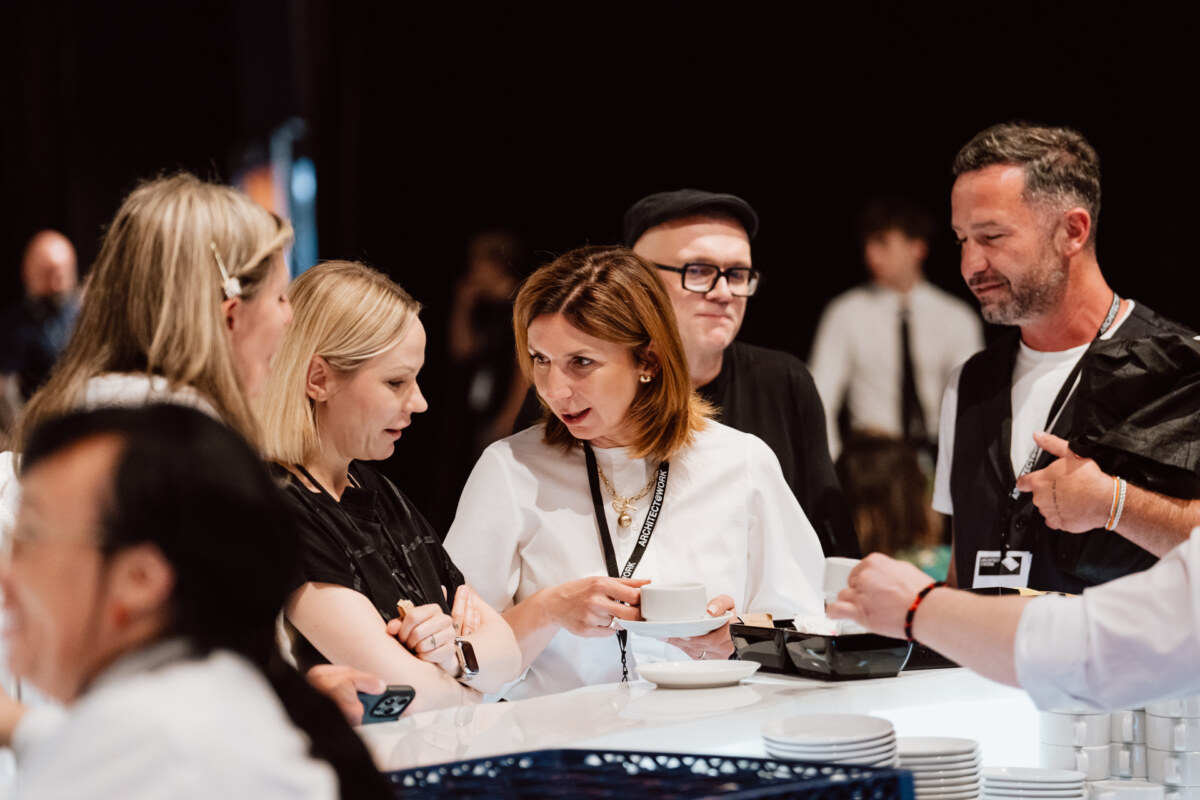
Photos from the official part go into reports, presentations or media publications. On the other hand, shots from networking and informal meetings participants really like to publish at home – they often look for each other in the photos and share them in their groups. This keeps the event alive long after it’s over.

The role of an event photographer
The organizers put in an enormous amount of work to get everything down to the last button. From my point of view, the photographer’s job is to show not only the official thing, but also the atmosphere of the whole event. Sometimes details – such as participant reactions, partner branding or spontaneous emotions – capture the mood better than mere photos from the stage.
I don’t think it’s possible to miss something, but I’m convinced that with two photographers you can add a lot more flavor. Each of us pays attention to something different – one will notice more details or find a creative frame, and the other will catch interesting moments and reactions. It’s not that someone is missing something, but that’s what makes something even better. When two work together, we can share – one documents the scene and the other looks for background shots. This makes the event photo coverage more complete and richer in different perspectives.
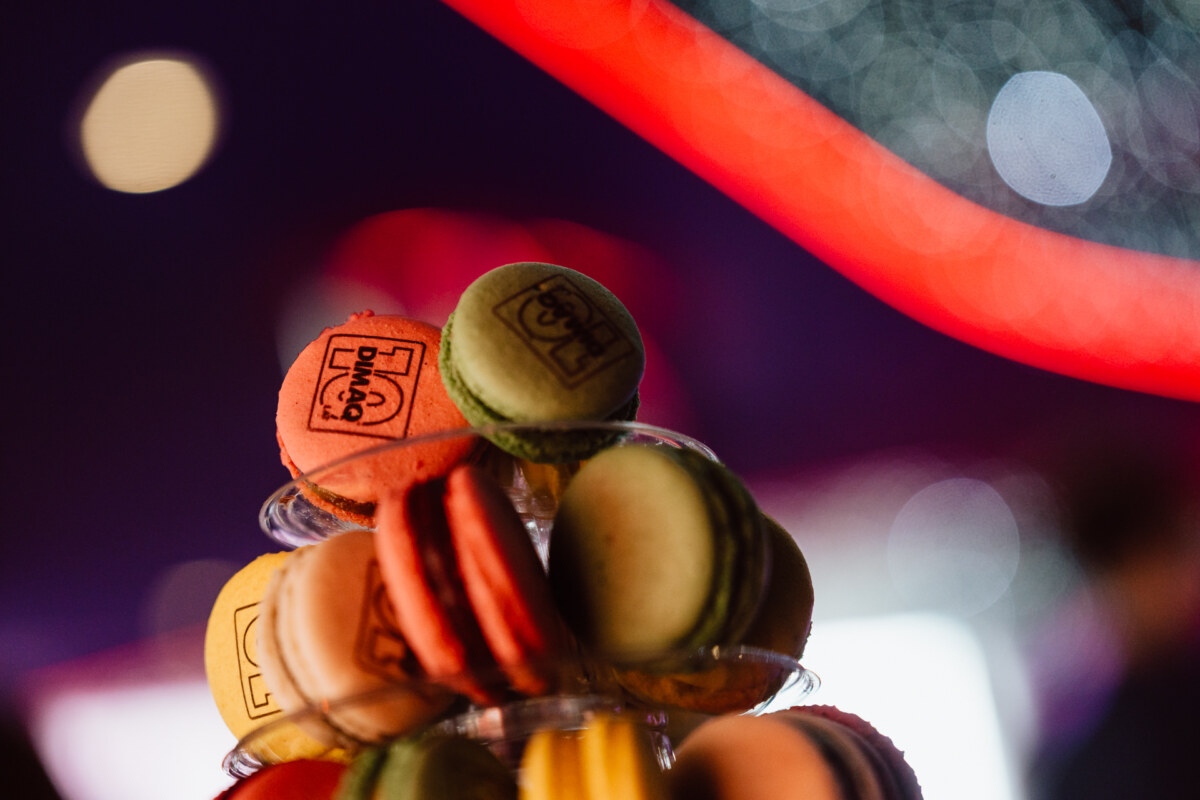
An example? At events where there is a dance floor and dancing, a split like this works great: one of us photographs the dance floor with flashes, while the other works discreetly with a bright lens without lights. This gives two completely different views of the same situation and enriches the documentary-style coverage with additional flavors. For events with a few dozen people, one photographer can still work alternately, but for larger events such a duo makes a huge difference and a cool material with a wow effect is created.
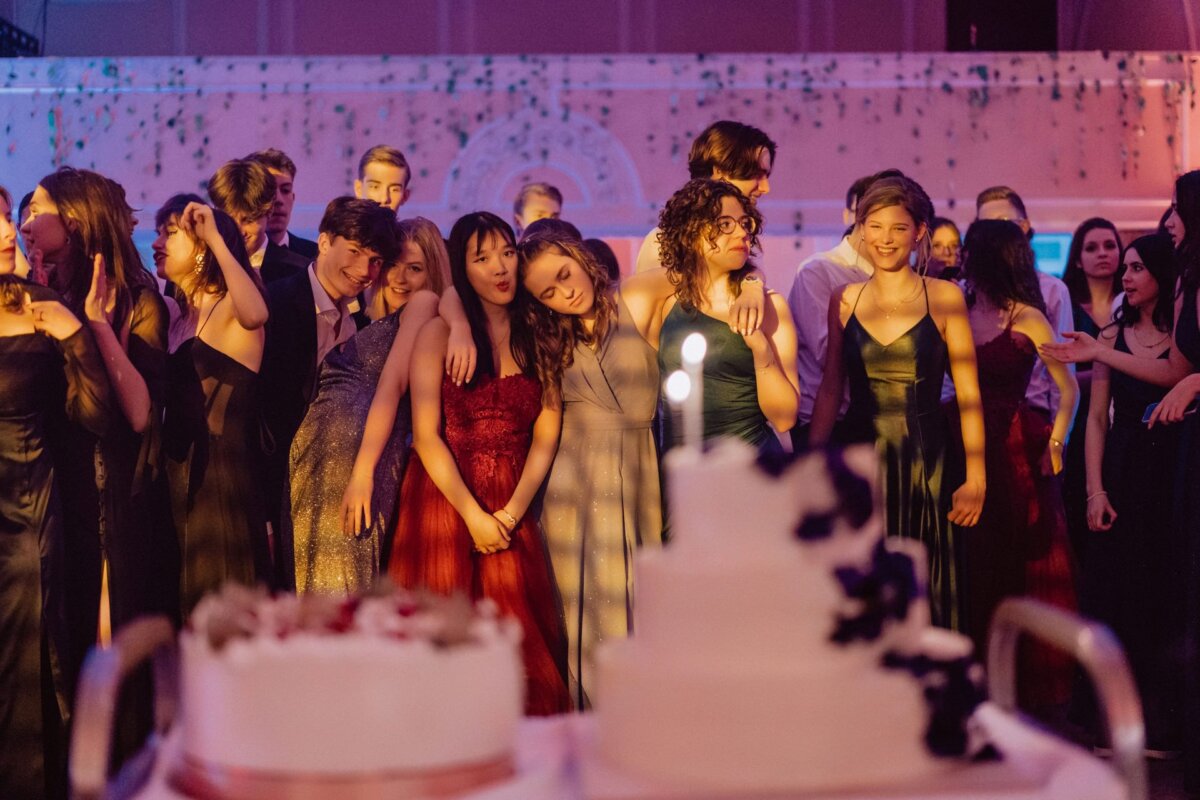
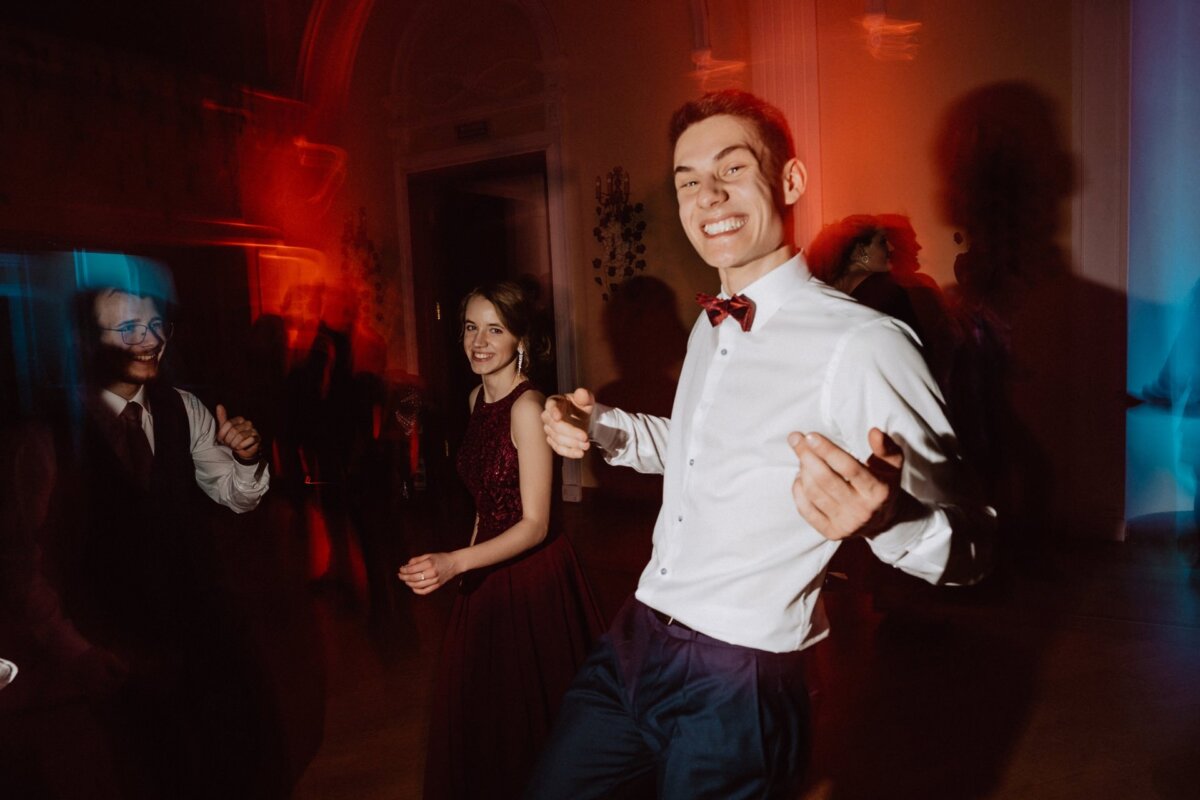
Limitations of one photographer
Lack of opportunity to be in several places
Imagine a business conference with several stages. In my experience, in such situations something always escapes – on one stage there is a lecture by a key speaker, and on another there is an interesting discussion. The photographer has to choose what to document, and the other part of the event is lost. Especially in panels where several people speak in succession – while waiting for a particular statement, you may miss an important moment elsewhere. I think this is a natural limitation of a single event photographer.
Examples of situations
During events, such dilemmas occur frequently:
- Activities in front of the building,
- stage appearances,
- grouped workshops,
- Backstage and behind the scenes preparations,
- networking and partner zones,
- VIP meetings,
- Informal discussions among participants,
- Accompanying attractions like concerts and shows.
In my opinion, one event photographer can’t always capture everything, even if he tries. It’s like telling a story with a snippet cut out – you know what it’s about, but the full picture is missing. It’s a bit like in TV series, when an episode appears showing the perspective of a different character, happening at the same time and place. Seemingly, we are watching the same story, but we get a completely new episode, which beautifully completes the whole season and gives a fuller picture. A good example would be, for example, the series Westworld, where the same events are shown through the eyes of different characters and in different timelines, which gives a completely different, more complete picture of the story.
When is it worth two photographers?
Types of events
A second photographer for an event is not a luxury, but a viable support for larger events. This is especially true when the program is intense and there is a lot going on in parallel. In such a setup, one of us can document the speeches and the other can focus on the emotions of the participants, backstage or details. This creates a more complete coverage.
Concrete examples
In my experience, this works best in situations such as:
- Multithreaded conferences and congresses – are held in several rooms, and often one panel is led by several people,
- trade show / industry expo with exhibitors and parallel workshops – then we can share and show the whole picture of the event,
- corporate events with an official and integration part – if one group participates, for example, in a boat cruise, and others in a workshop, working alone it is impossible to show everything,
- large corporate events with several simultaneous activities – it happened that one photographer stayed in the building to cover the official part, while another documented the outdoor game at the same time.
- events that require quick images for social media content – one photographer takes the pictures, and the other immediately prepares the trailer, or we exchange roles.
In my opinion, this is when you see the biggest difference – the documentation is more complete and you can react faster.
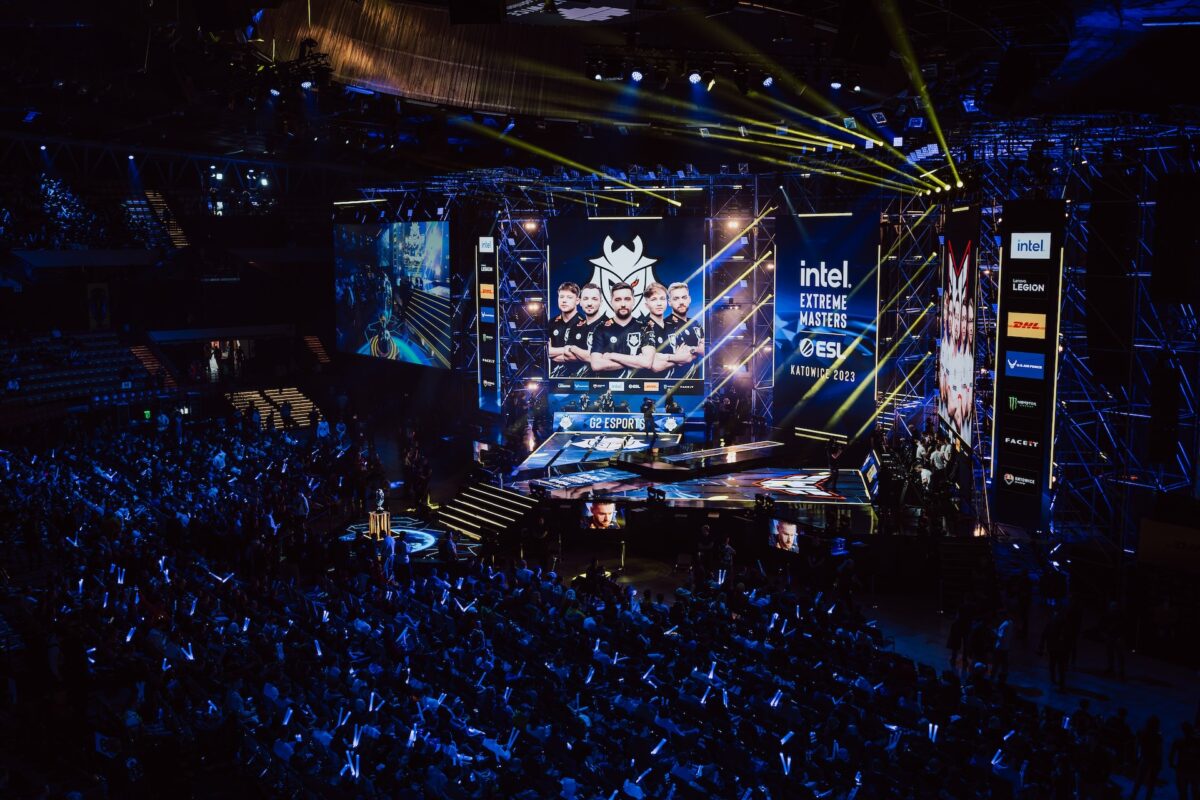
Benefits for the organizer
Safety and diversity
I believe that two photographers give the organizer more security. If one of us doesn’t manage to capture the moment, the other can do it. As a result, no important part is lost. Moreover, although we work together, the final material is stylistically consistent – most often one of us does the editing. At the same time, everyone looks differently – sees different details, different people or has a different perspective. Paul, with whom I often work, is quite a bit taller than me, and this alone makes his frames have a different character.
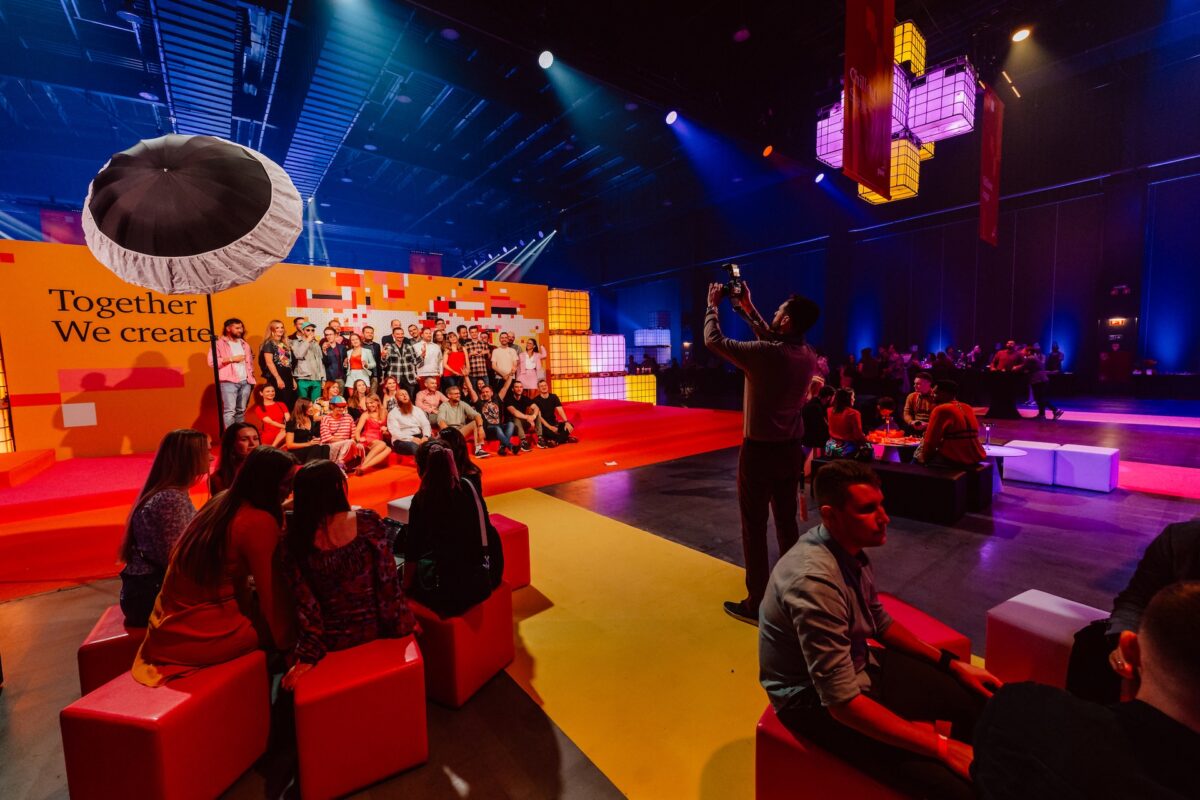
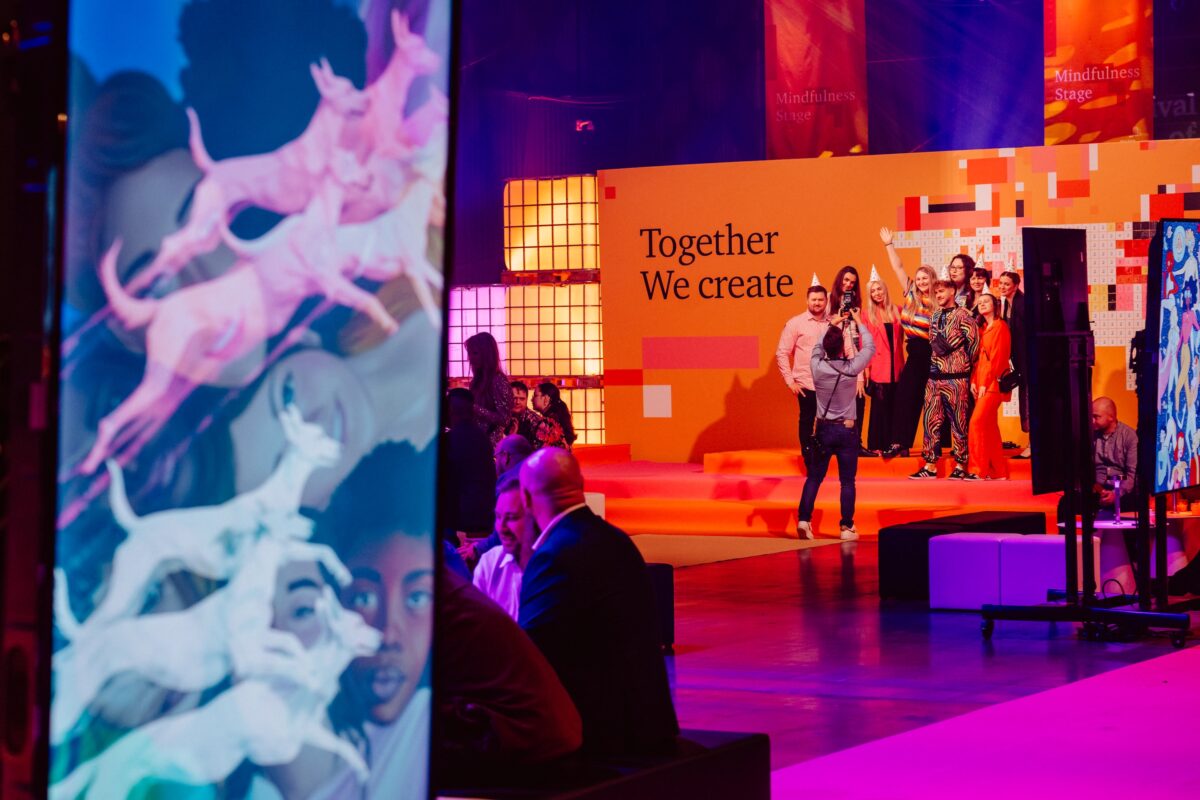
More footage from the event
Two photographers means much richer documentation. Each of us looks a little differently, sees different people, details and emotions. This results in more diverse material, which I later edit in a consistent way to create a unified whole.
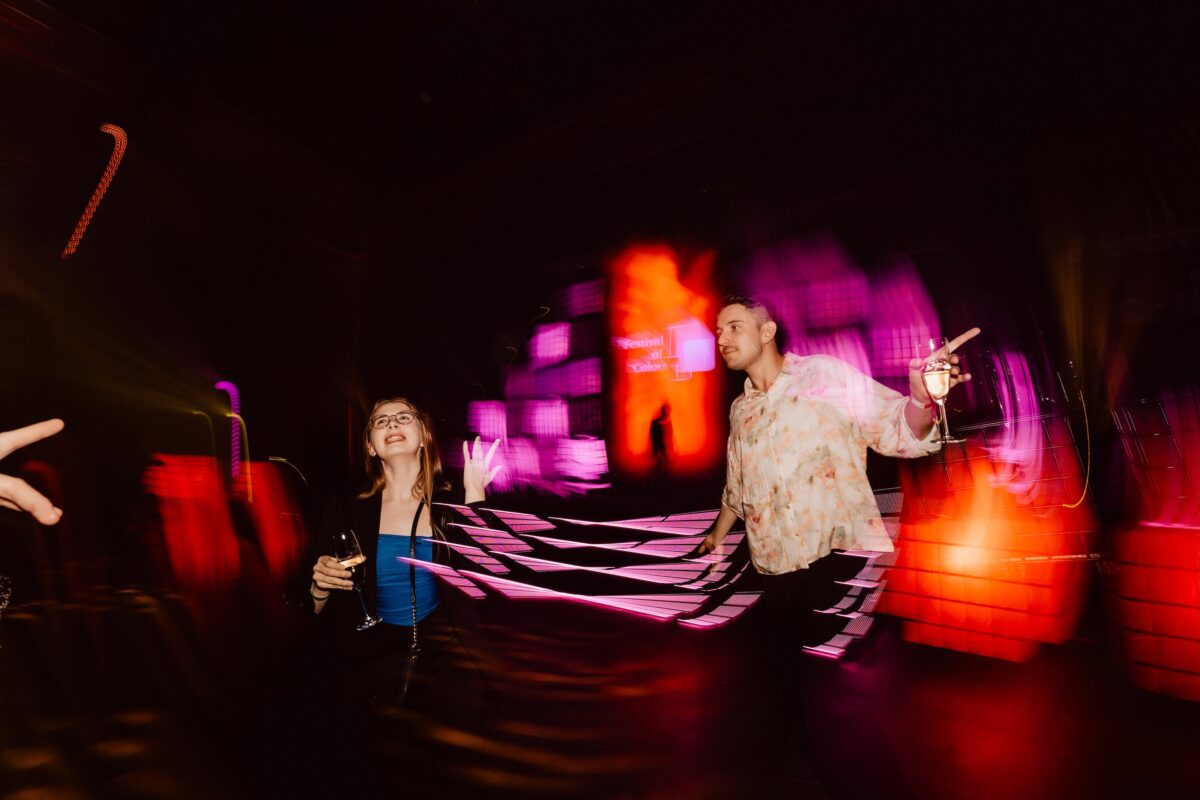
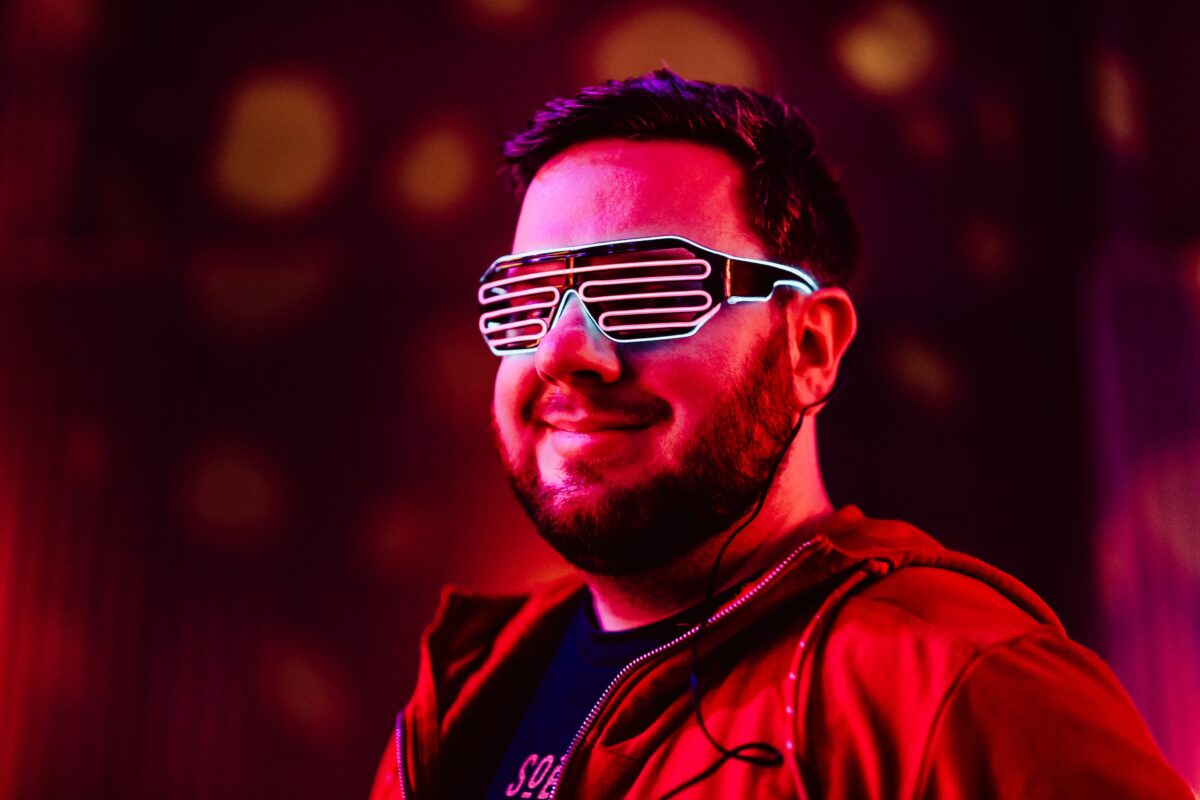
Photos to be published on a regular basis
Working in twos is also a chance to communicate quickly. One of us can continue photographing, while the other prepares a photo package for immediate publication in social media content or internal communication channels. So the organizer gets both complete documentation and “on the spot” materials. Below is a photo of our work during the IAB Forum, where we worked for 2 days in a team of 3.

Realistic support for communication and promotion
More photos also mean more promotional opportunities. The event organizer can prepare different versions of event summaries, show sponsors dedicated photos or complete the website. In my experience, this is an investment that realistically pays off.
Professional quality photos
It is worth mentioning that we do not render raw, random photos – each shot goes through professional editing and color processing. This makes the material look consistent and like the photos you can see in my portfolio. It’s not a matter of quick, generic photographs resembling illustrations for an article about a traffic accident, but the highest quality material that realistically builds the image of your event.
Consistency of material and cooperation in a wider team
If I work in a team with a second event photographer, I usually do the editing so that all the material is consistent. In practice, I can then collect photos even from several locations far away from each other and prepare the whole in one style within a few days. This gives the client a unified and complete event photo coverage.
There are also times when the photographers I work with can replace me when I already have a busy schedule. I, in turn, can provide photos in the same style as before if they are handling the event. I’m also thinking of teaming up with more photographers from other cities to be even more responsive to clients’ needs and provide them with consistent material regardless of location.
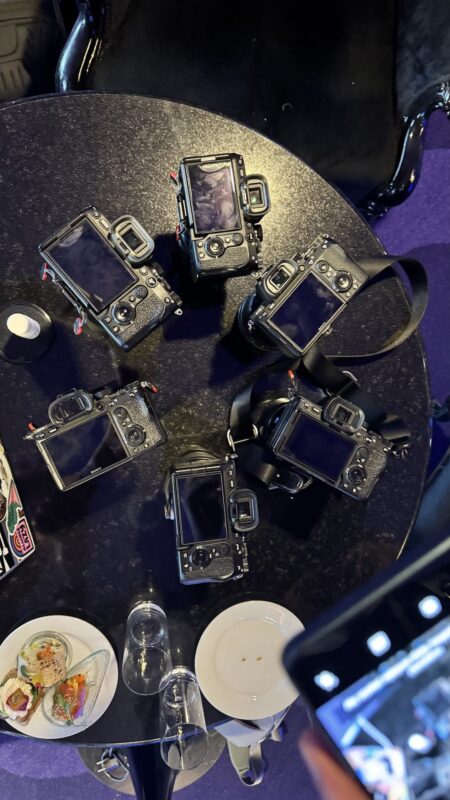
Case study – IAB Forum
The IAB Forum is one of the most important business conferences in Poland – the event lasts 2 days, attracts more than 1,000 participants and offers more than 80 expert speeches. Working there together as a team of three photographers, I was able to prepare a photo spread after the official part while the business conference was still in progress, and then return to document the lectures and discussions. This allowed the organizers to see the first results of our work on the same day. During the IAB 2024 Forum, we collected material from 4 rooms and the lobby together with Marcin Zieliński i Damin Bartoszek (Marcin on the left, and Damian on the right).
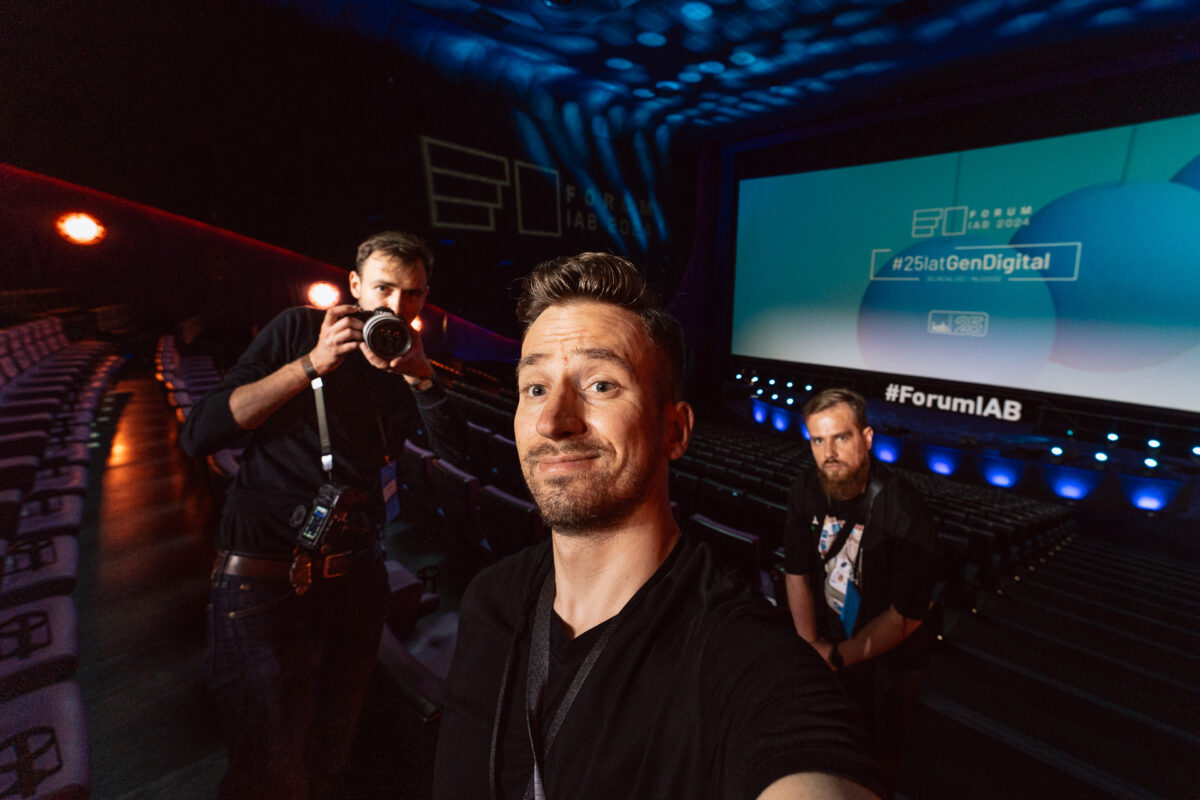
Case study – materials for participants
An interesting solution, which we also practiced, is to prepare material not only for the organizer, but also for the participants. At one event, one of us was in charge of photography, and the other prepared a set of photos available online within minutes. Thanks to a pre-prepared gallery, which was directed to by a QR code displayed on the screen (or simply printed on posters), participants – including journalists – could download professional photos during the event and use them immediately in posts or publications. This solution worked great and showed the added value of having two photographers working together.
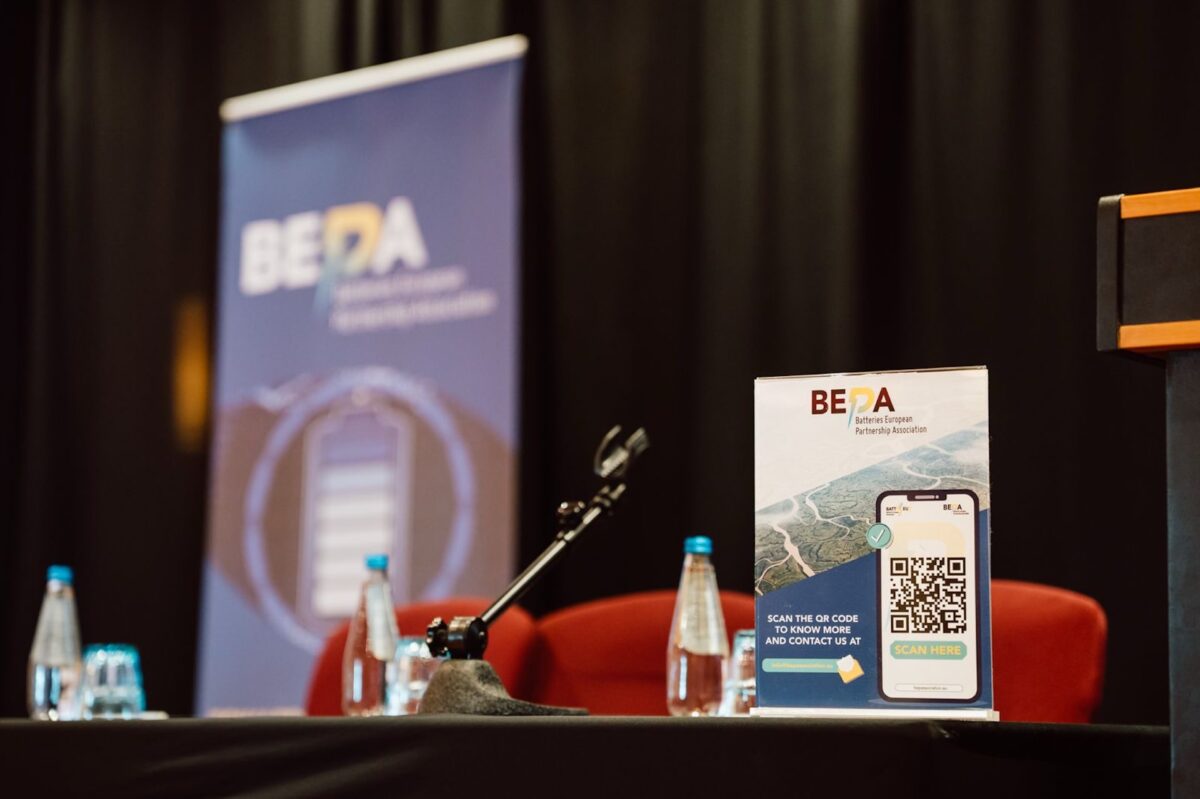
Case study – official company event with photo wall / media wall
Another example is a large official company event combined with a business conference for several hundred people. The guests were dressed in elegant evening attire, and in addition to the content part, we also prepared a stylized photo wall. I was in charge of documenting the official part, the second photographer worked at the wall all the time, positioning the guests and taking their photos, and we were additionally supported by an assistant. Thanks to Wi-Fi file transfer, the photos went straight to the editor, who processed them on the fly. The photos were printed on a professional printer, framed and still during the event they were given to the participants as a special souvenir. Such an arrangement impressed guests and was an added attraction in itself.
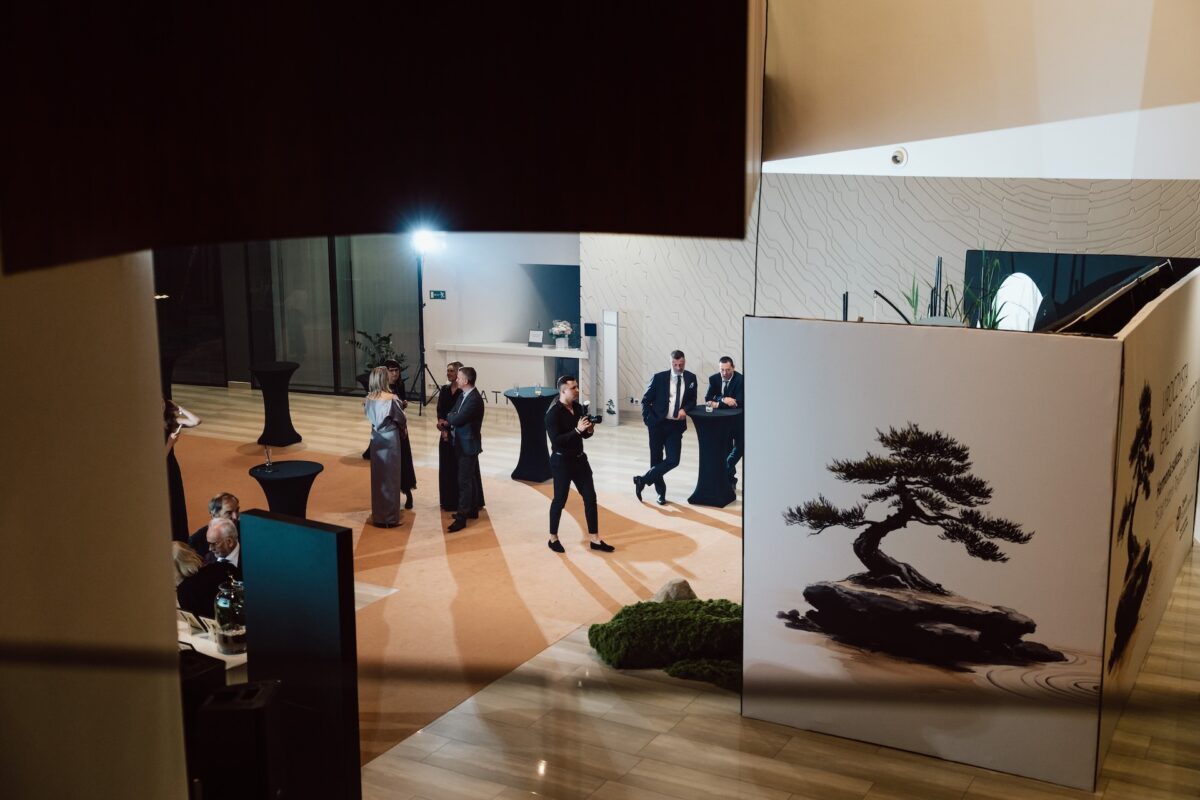
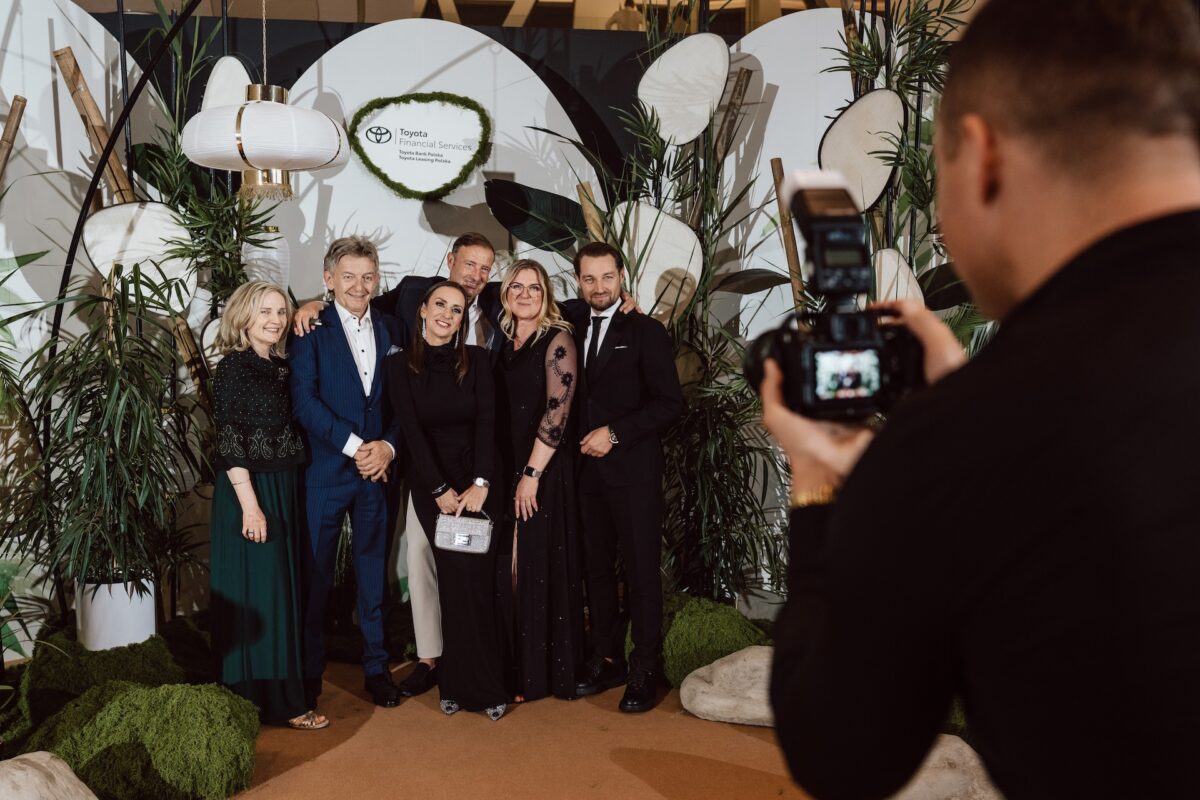

Typical concerns of organizers
I often encounter questions and concerns from organizers about working in a duo or larger photography team. The most common ones are:
- Cost – there is often a concern that two photographers means twice the expense. In practice, this is not the case: usually only one photographer edits all the material, while the other focuses on shooting, which increases the range of shots, but does not double the cost of post-production. This is very different from hiring two independent photographers to prepare two separate reports. In my experience, it’s worth looking at it as an investment. With richer documentation, the organizer gets material that works long term in communication and promotion.
- Logistics – doubts that working with several photographers will not complicate the organization. In practice, the opposite is true – working in a team, we have divided roles and everyone knows what they are responsible for. I also work with experienced photographers who deliver the right quality. They are independent, but they can also work in a team. The client can give information to only one person, and we already internally divide the tasks. This increases security and ensures that no important moment is missed.
- Consistency of material – some people are afraid that photos from different photographers will differ in style. In my case, I am in charge of editing, so the final material always looks consistent and is prepared according to the same quality standards. I work with photographers who have a similar level of experience and can match the style developed. As a result, the client receives material that looks like it was created by the hand of one person, even if several photographers took part in the realization. This guarantees quality and consistency, regardless of the size of the team.
Add to that the ability to quickly prepare a keynote or dedicated photo packages for attendees, and I think the concerns are largely unnecessary, and working with a larger team is a real advantage for the organizer.
Summary
Is it always necessary to have two photographers? No. Small events I can easily handle myself. But if the event is large and multi-faceted – in my opinion, an additional photographer is an investment that really pays off.
Organizers who have tried this solution once rarely return to the option with a single photographer. Especially with the largest events, I see that such a working model works best – sometimes we even alternate so that one day I am photographing and another day my colleague is photographing. With business conferences lasting two weeks, such a system gives continuity of documentation without loss of quality. I myself see that photos from conferences, trade shows / industry expo and company events are not just a souvenir – they are an important tool for communication with partners, media and participants.
Photographer for an event or maybe a team? I will organize everything!
Therefore, the question is: with your event, is one photographer really enough? If you are planning an event and are wondering about appropriate documentation, get back to me – I will be happy to advise and help you choose the best photographic solution for your event. And if you want to see examples of the solutions described, I also invite you to my portfolio, where you will find materials from various realizations.

